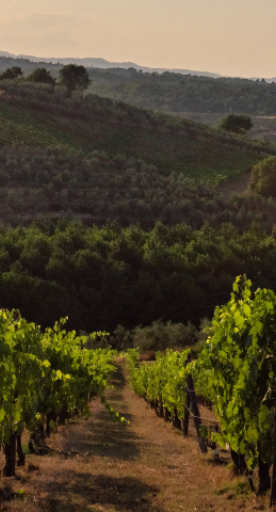The territory around Cavriglia extends to the foot of the Chianti mountains. With its characteristic sheltered hamlets, it’s a town with an immensely long history, which can be seen in the traces of Roman and Etruscan civilizations.
Cavriglia’s more recent past is written in paper, with documents attesting to the succession of various lords in the region. The noble families that governed the area in the 13th and 14th centuries left behind imposing castles and medieval strongholds, like the Guidi Counts’ Montaio Castle, later conquered by the Florentine Republic, and the Montegonzi Castle, as well as the Montedomenichi and Pianfrazese castles.
A transit land for pilgrims, Cavriglia was once home to many shelters, which were also used for the elderly and the ill. Evidently, the area was also a safe place away from the terrible plagues that ripped through the cities. It’s said that even the painter Andrea del Sarto found shelter here when escaping a plague, specifically in Castelnuovo di Sabbioni. Wayfarers passing through the area were undoubtedly lucky: in the main church, there was a large bell tower that rang just for them, advising them to head to the town for the night when the sun started to set. Less lucky, however, were the inhabitants, considering that the bell was rung every day for at least an hour.


























